📢 Holiday Trading Hours 🟢 Open ⛔ Closed
🟢 Dec 24 ⛔ Dec 25 to Jan 1 🟢 Jan 2nd
💥FLASH SALE💥First 100 Customers Only
Get $333 off any PC order with promo code HOLIDAYS
Categories
AudioCPU
General
Graphics Card
Maintenance
Monitor
RAM (Memory)
Sustainability
Use Cases
About Evatech
Since 2013, Evatech Computers, a fully Australian-owned and operated company, has provided custom-built gaming, workstation, and home + office PCs, meticulously tailored to individual client needs and budgets.
Shop
Custom Gaming PCs
Custom Workstations
Pre-built PCs
Monitors
Mice
Keyboards
Headsets & Microphones
Setting up multiple monitors
Published 28th Jan 2022, updated 19th May 2023 - 3 minute readExtending your displays
Rearrange displays and make main displays
Change the size of text, apps, and other projects
Configuring Windows to use multiple displays is fairly straightforward if you know where to look, and the first step is opening your Display settings window. You can access display settings right clicking on the desktop and select Display settings from the context menu.
Once you have opened the display settings, you should see a representation of your screens with a number assigned to each one.
The Identify button will show the displays' assigned number on screen so you can easily find which is which.
The Detect button will search for another connected display. This can be useful if you plug in a monitor and Windows doesn't detect it immediately.
All you have to do to rearrange your monitors is to click and drag the boxes around to suit your physical monitor setup if Windows hasn't got it right, and after you make a change, you will have the option to apply the change or cancel. Selecting a monitor in this section will allow you to change the individual settings for that monitor below.
The Scale and layout area of the window has some important settings as well. Here you can see how our monitor 2 is configured:
One of the great features of Windows 11 is the ability to change the size scale of what is shown on each display independently. This can be useful if you have a combination of high resolution and low-resolution monitors, monitors of different sizes, or vision impairment. However, some applications may not display correctly if the scale is changed. Usually, this issue can be fixed by restarting the PC after all the changes are made, but if not, it would be considered an issue with that application which Windows cannot overcome.
Extending your displays
- Right click on the desktop and select Display Settings
2. Select Extend these displays
3. Keep changes
4. When the changes take effect, the settings of the selected monitor will be displayed.
Rearrange displays and make main displays
- The position of the two monitors relative to each other is displayed using the boxes 1 and 2. To see which number corresponds to a display, select identify. A number appears on each screen it is assigned to.
Select and drag the display to the desired position and select Apply.
2. The Windows task tray, Quick Settings, and calendar will always display on the main monitor. Also, some apps run when the main monitor is set to the most optimal display settings. We recommend that you open the Multiple displays menu and check Make this my main display.
Change the size of text, apps, and other projects
- Windows automatically scales the text and apps to the most optimal size. If you want to change the size of text, apps, and other objects, you can adjust settings in the Scale menu.
2. If you want to change the resolution of the display, you can adjust the settings in the Display resolution menu.
Something still not right with your Evatech PC? We're standing by and our support team can assist you!
Contact Evatech SupportIf this page didn't solve your problem, there's many more to view, and they're all very informative.
Evatech Help Docs
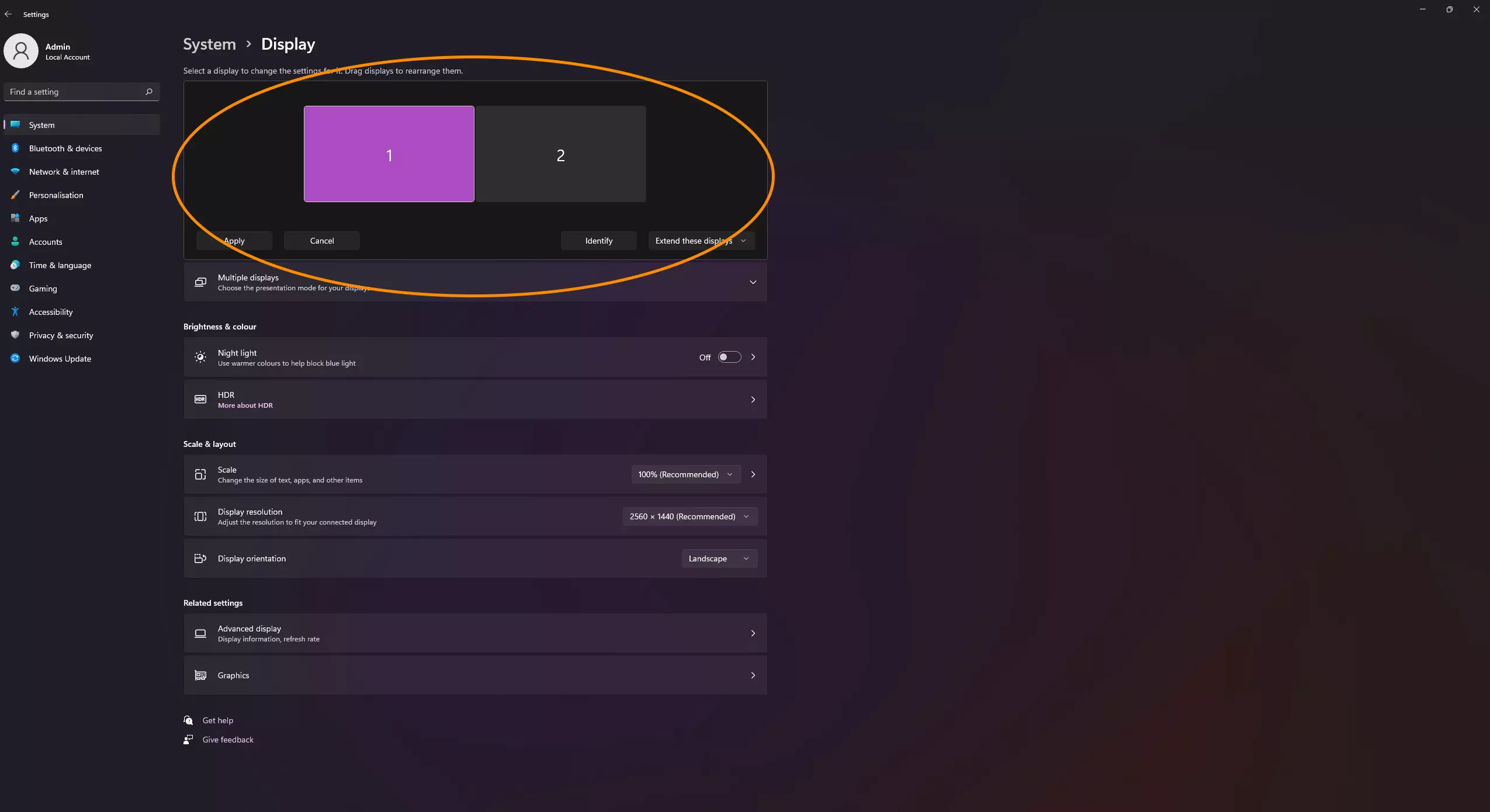
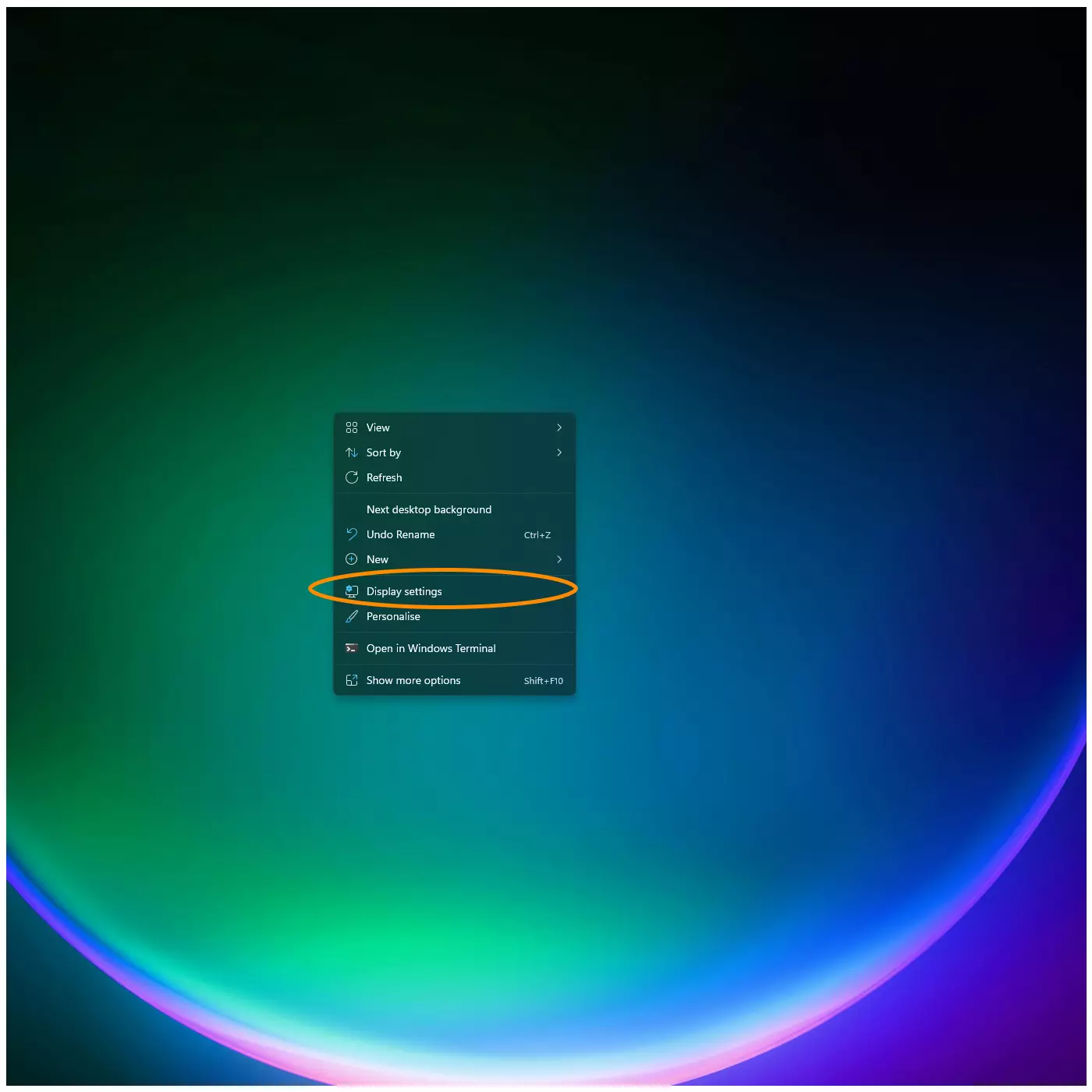
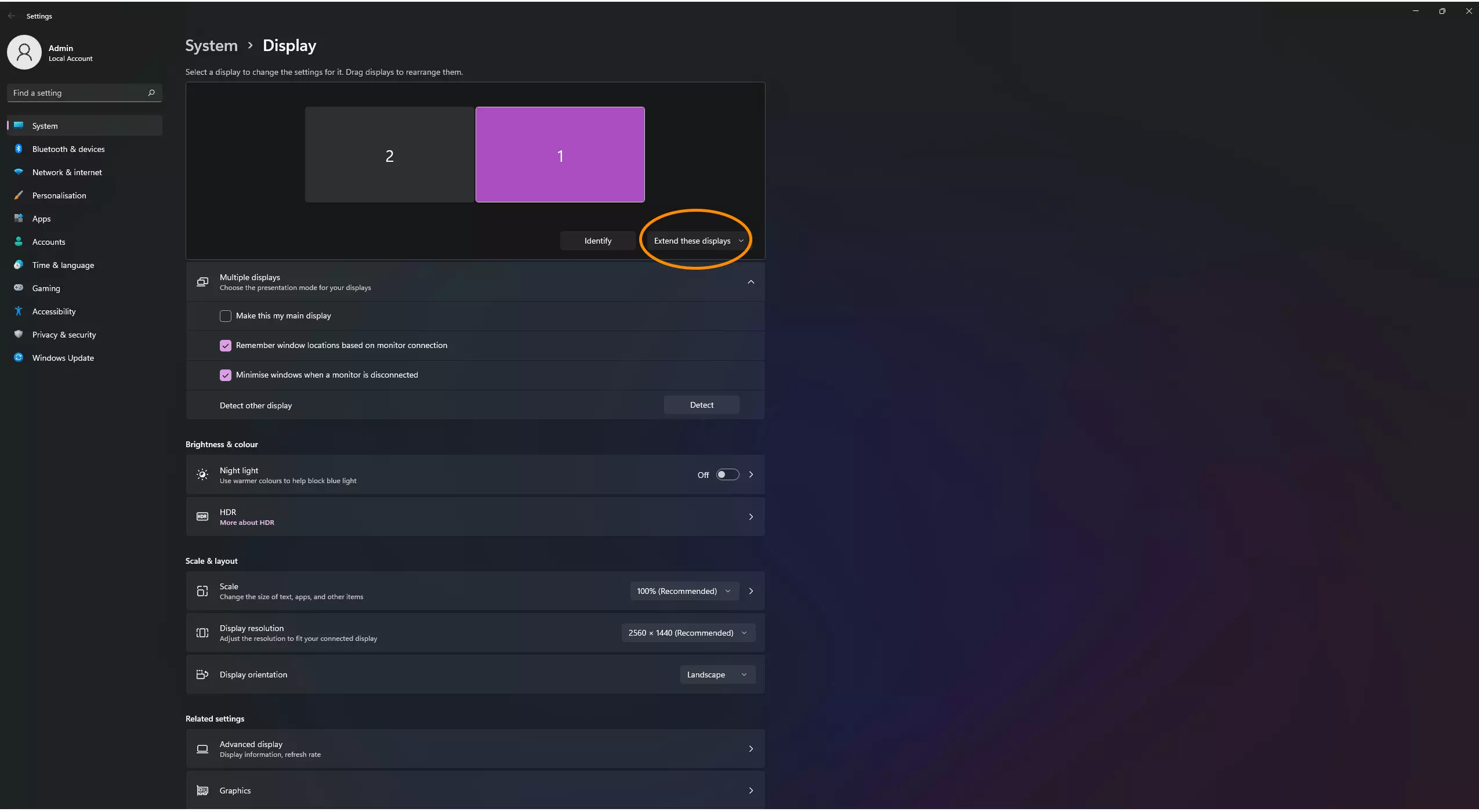
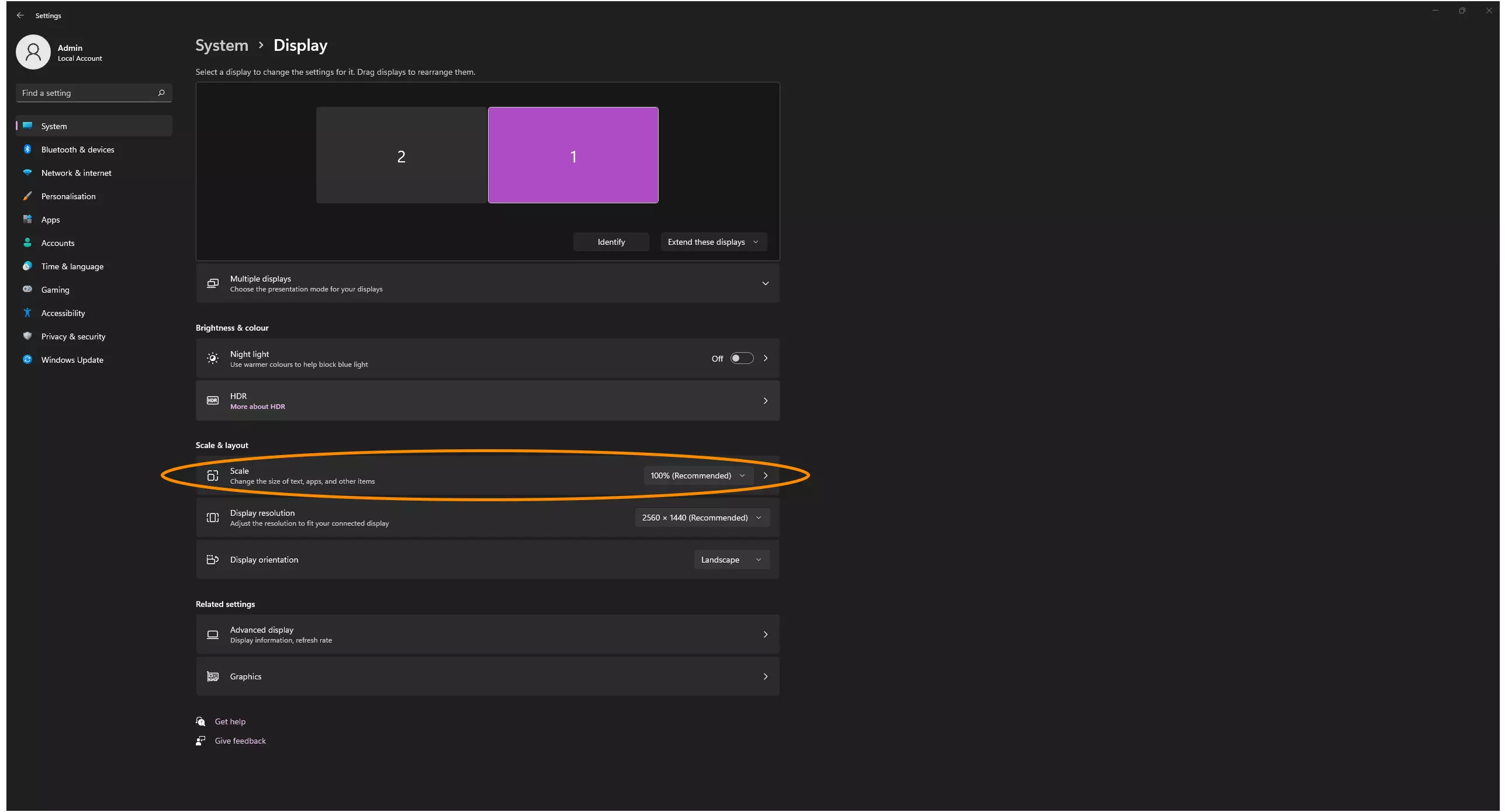
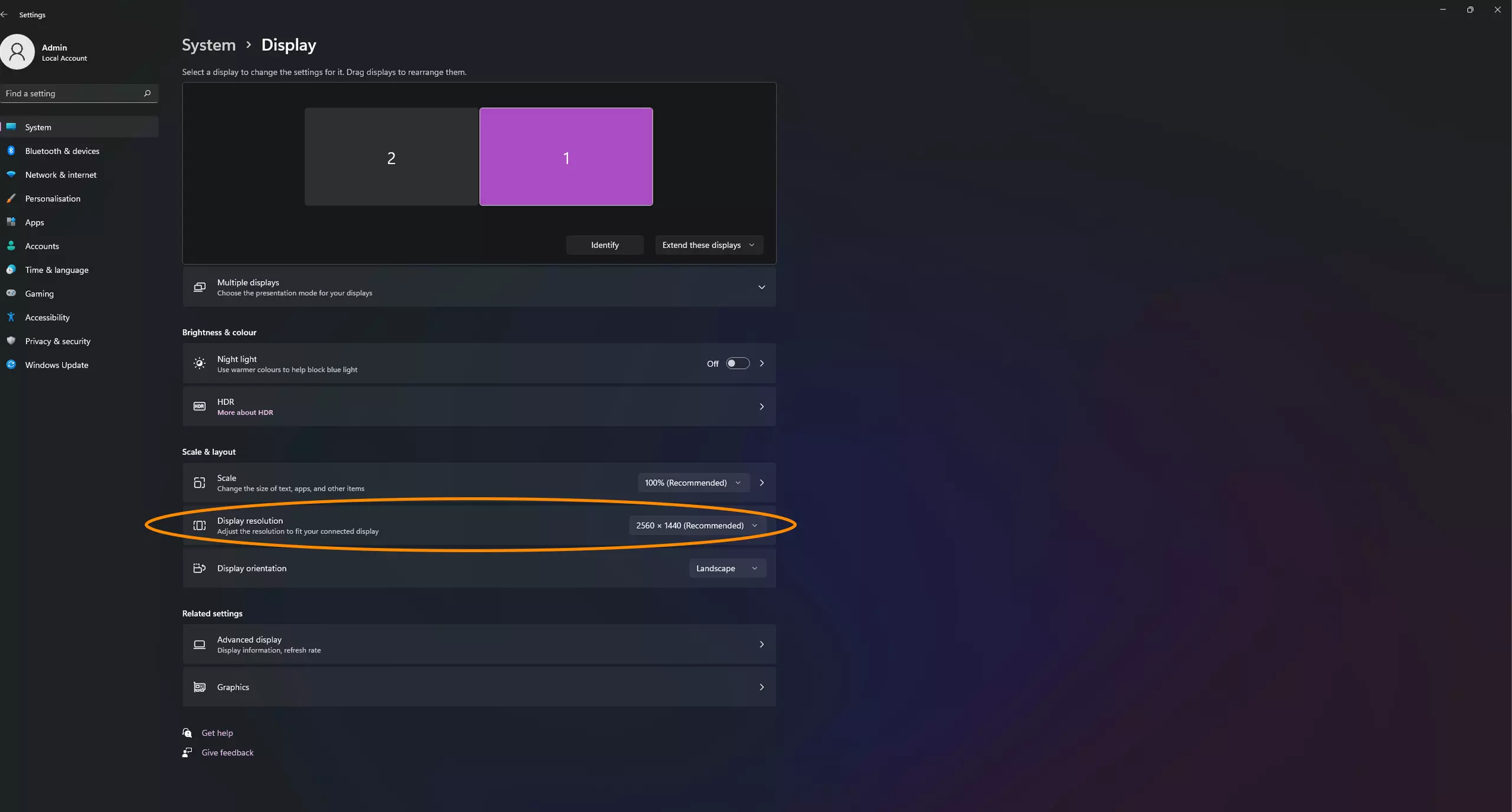










 5/2 Fiveways Boulevarde, 3173 VIC
5/2 Fiveways Boulevarde, 3173 VIC Monday - Friday 10am-6pm
Monday - Friday 10am-6pm +61 (03) 9020 7017
+61 (03) 9020 7017 ABN 83162049596
ABN 83162049596 Evatech Pty Ltd
Evatech Pty Ltd